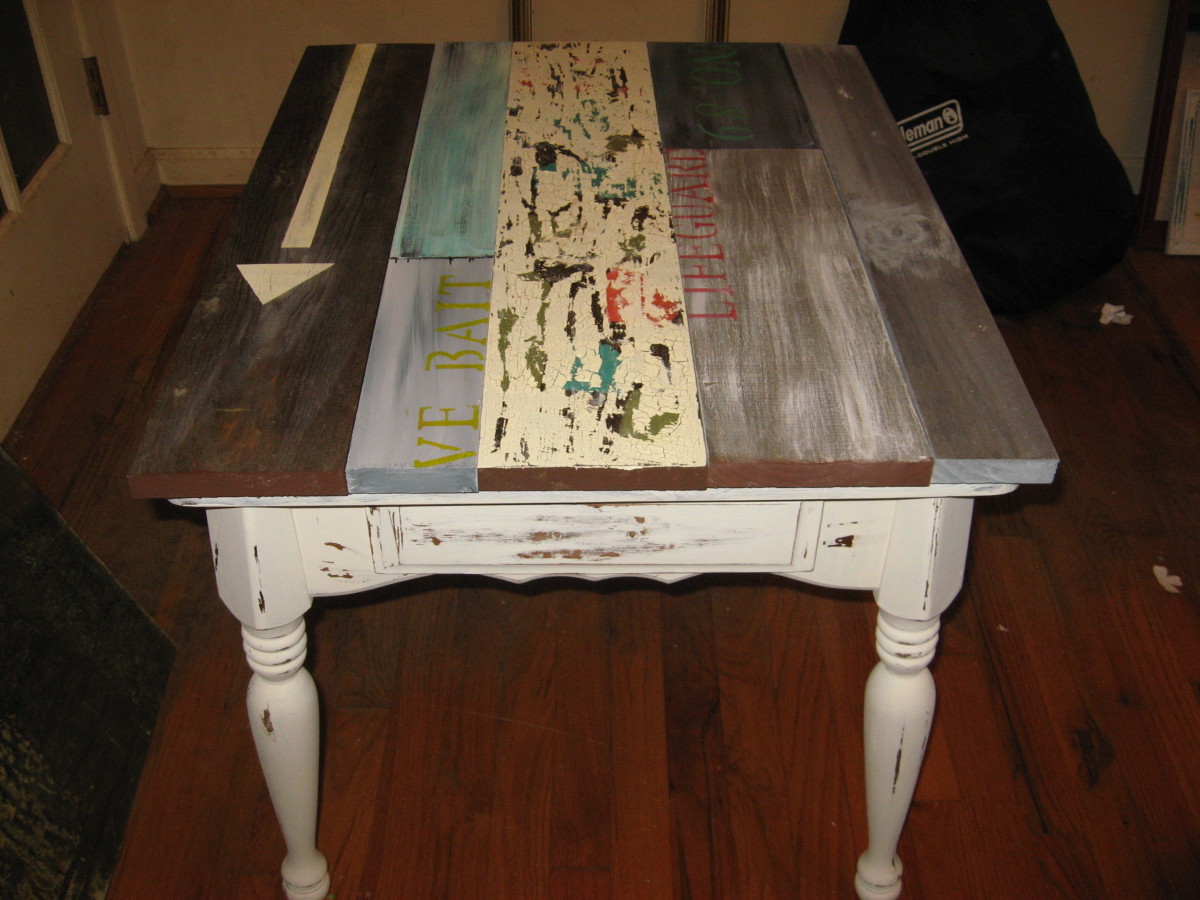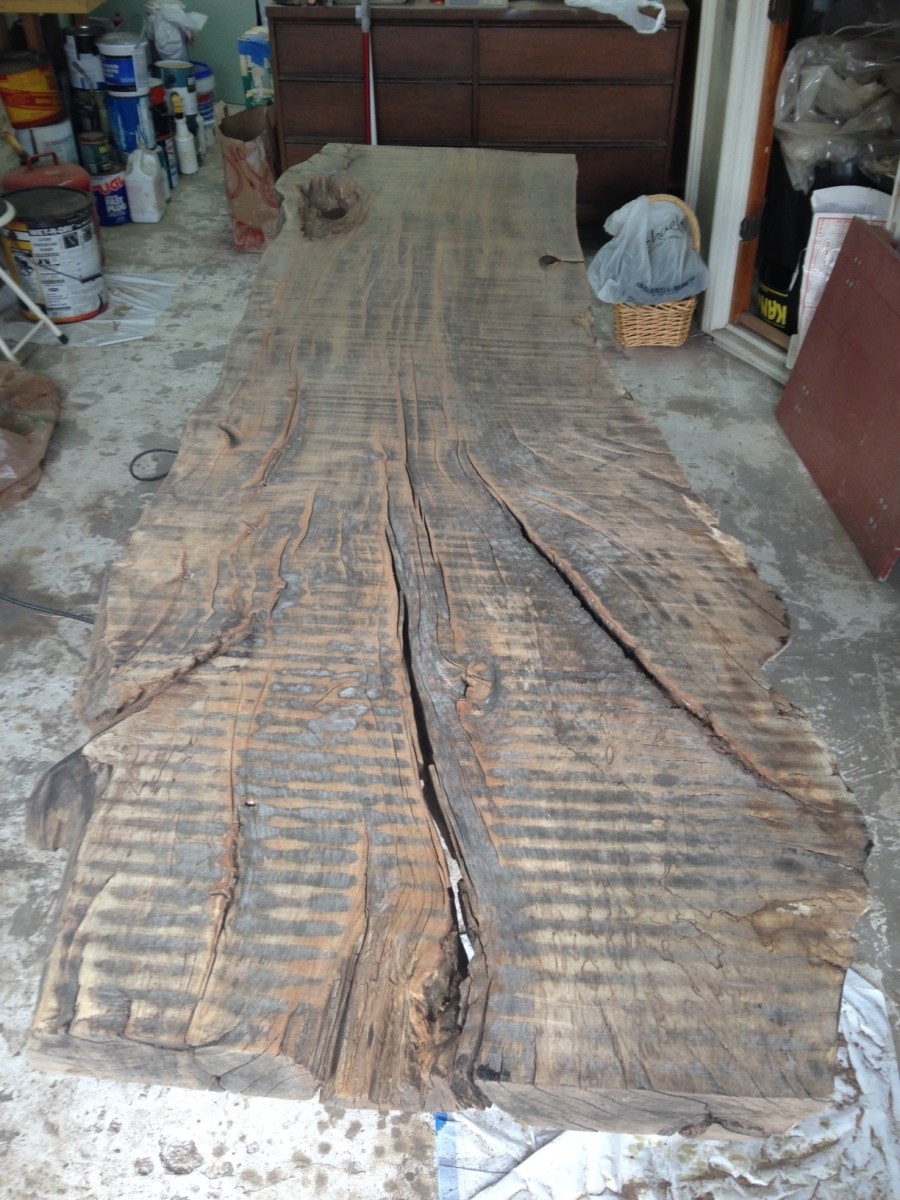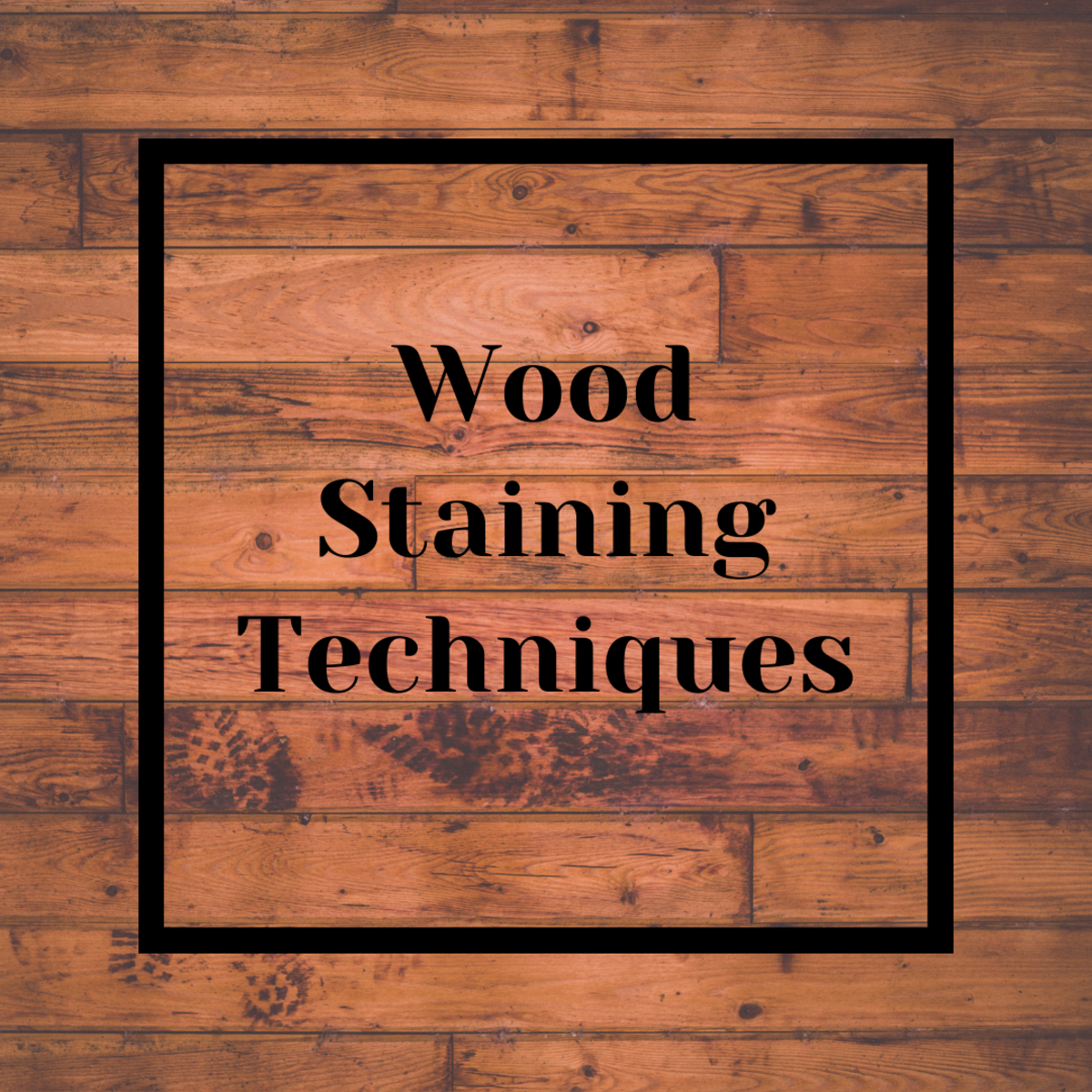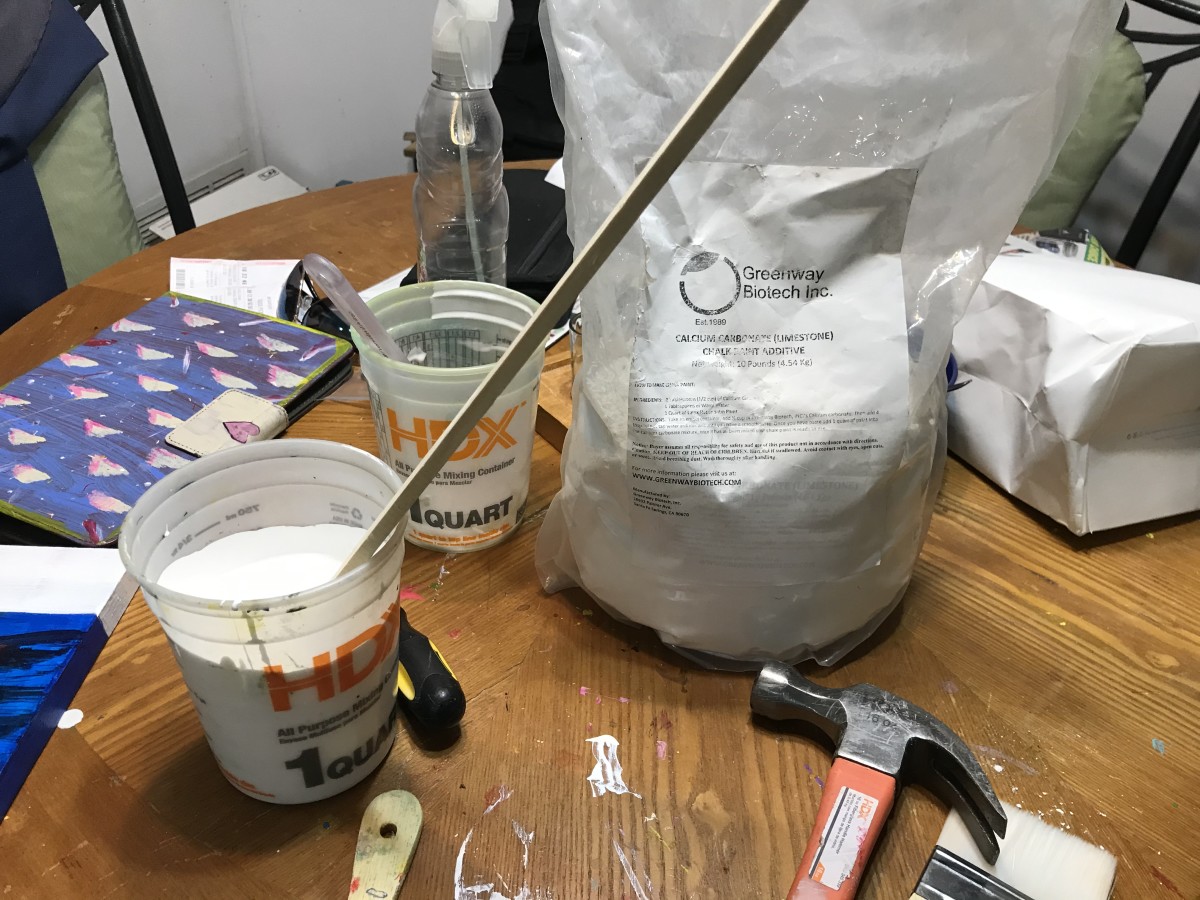Stains and Finishes
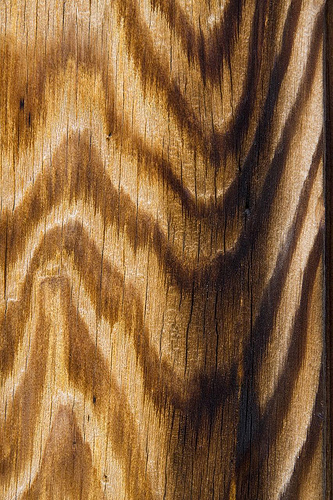
Soak it, wipe it, rub it: A guide to stains and finishes
A stain and finishing project is a different animal than painting, and Michael Dresdner, author of a number of books on the subject and contributor to several woodworking publications, including Woodworker's Journal, provides a nutshell overview, "Both involve changing the color of the wood. One of them involves hiding it completely. When you paint, you cover the wood so all you see is the paint. When you stain you add color to the wood so the net result is some combination of the color you've applied plus the color that was originally on the wood."
After a painting project you can expect the result to look pretty close to the color on the can, but staining is different because the result is not the color of the stain you choose, but instead is a combination of the stain, the color of what the stain is applied to, and possibly color added by the finishing topcoat.
The process is different from painting, and it's certainly not as easy as putting a quick coat or three down and letting it dry, but the end results are worth the effort when an old piece of furniture is refinished to look brand new, or instead of settling for a simple paint job on the new chair rail, the grain of the wood is left exposed and highlighted with a stain and finish job.
Choices, Choices
Stains come in two varieties, dye and pigment, although dyes are usually used more in commercial applications because they require more skill. Finishing products, on the other hand, come in many varieties. Here's a simple breakdown of some common finishing products:
Shellac -- good durability with water, scratch and stain resistance; soluble in alcohol; comes premixed and in flakes to be mixed with alcohol; available in a number of colors
Lacquer -- very durable with water and stain resistance; dries fast and requires no sanding between coats; soluble in lacquer thinner
Varnish -- comes in many varieties including oil, wiping, spar and polyurethane; soluble in mineral spirits or naphtha; durability varies with the type of varnish used; oil and wiping varnish also known as "alkyd varnish"
Water-based coatings -- includes waterborne polyurethane, waterborne lacquer and waterborne polyurethane/lacquer; all are durable, stain resistant and heat resistant; all are nonflammable
Wipe-on finishes -- includes Danish oil, linseed oil, tung oil and walnut oil; soluble in mineral spirits or naphtha; often the finish woodworking novices start with; not durable, but create a soft and flexible finish
Polyurethane is something of a wild card because, unlike a commonly held belief, it is not a type of finish. Instead polyurethane is an ingredient in different types of finishes.
Dresdner says, "There is not a particularly consistent naming gestalt involved in the field of finishing, consequently you some finishes that are names for one set of parameters or properties, and some named for another." Polyurethane is merely a description of a product containing polyurethane as a resin in the mixture. He explains, "There's all different types of polyurethanes and they are often more different from each other than polyurethanes are from other finishes. It's sort of like defining a food by the fact it has red peppers in it. Oh, that's a red pepper food. Well wait a minute, is it a pizza? Is it sautéed stir-fry? It's a bit confusing."
The differences between oil- and water-based finishes are important to keep in mind. Oil-based finishes are amber colored and will impart that color to wood, potentially changing the color of a stain. Water-based finishes go on clear and remain clear forever. Some people like the traditional look of an amber glow on wood, while others want the clarity of a water-based finish. Oil-based is easier to work with, but water-based dries faster and smells much better. Each has a place and the differences are important to keep in mind when planning a project.
There's also a difference between interior and exterior stains in that stains specifically labeled for exterior use, in most cases, don't require a topcoat. They have ultraviolet inhibitors and mildewcides built into them and they tend to be more toxic than interior stains.
Jay Langseder, product manager interior stains and finishes BEHR, says "Interior stains are designed more for aesthetics, whereas exterior stains are designed both for aesthetics and durability with added mildewcides and UV inhibitors for more protection."
Application
Stain can be applied with many tools: brush, rag, stain pad, cheesecloth, foam brush or some combination, to name a few. All stains are designed to be applied then wiped off, but some can be applied and left on for more intense color. The easiest method is the wipe-off technique.
"The best way to get stains on uniformly is to flood them on liberally and wipe them all off," states Dresdner, "In other words, let the wood absorb what it wants to absorb. Don’t try to use stain as a paint. If you need to do a second coat, that's fine. Let it dry overnight and then do a second coat."
Different woods stain differently, so it is important to test the stain by taking a scrap sample of wood (if available), sanding it to the same degree and in the same way it will be sanded in the project and test the stain and the finish coat on the test piece.
Some woods have predictable properties:
Pine: creates a grain reversal effect because it has grains of early and late wood. The early wood is lighter than the late wood, but it also absorbs as much as eight times the stain. After staining the previously lighter colored early wood is now much darker than the late wood creating a photonegative effect.
Poplar: very porous and absorbs stain like crazy
Hard maple: resists stain so there's little color change after application
Another issue is blotching, that is, uneven dark spots that appear surprisingly and randomly. If your test piece results in blotching, an undercoat of wood conditioner should be applied before the stain goes on.
Langseder explains the product, "Wood conditioners fill the pores in the wood. Every piece of wood is different and will produce a unique look and color. A pre-stain will soak into the wood and allow a more even penetration of the stain. It results in a more consistent and uniform color."
Both Langseder and Dresdner agree preparation is a key element to a successful staining project. "One of the things I say over and over again in my books is, 'Finish firewood first,'" says Dresdner, "Yes, make samples. It'll eventually end up in your fireplace, but that's okay."
And here's a little extra ...
Chatoyance
Dresdner writes in his book, The New Wood Finishing Book (The Taunton Press, 1999), "Chatoyance, from the French chatoyer, meaning "to shine like a cat's eyes," refers to the depth and shimmer that some woods exhibit under the right finish and lighting conditions.
Oils that tend to penetrate the wood, along with shellac, oil varnish, and to a lesser degree, lacquer, are all good candidates if you want to show off the wood's best face."

